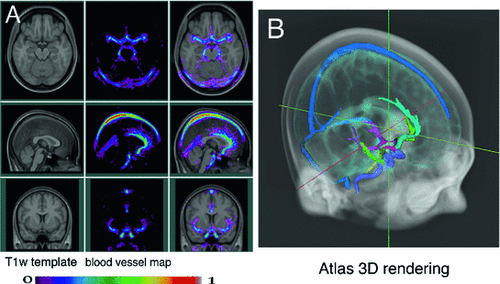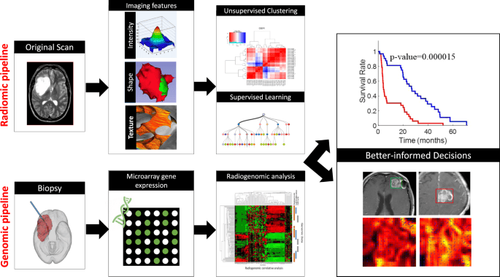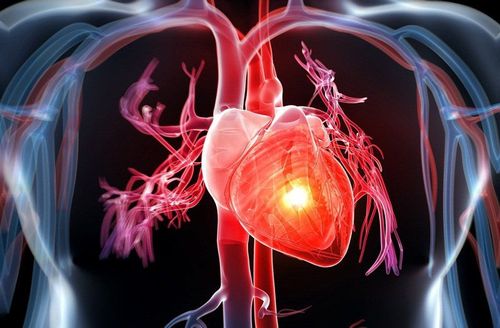This is an automatically translated article.
Today, immunohistochemistry has become a modern, very effective and indispensable method for pathologists in the differential diagnosis of malignant-benign tumors, not only at diagnosis but also at diagnosis. It is also very effective for prognosis as well as treatment.
1. What is immunohistochemistry?
Immunohistochemical staining is a commonly applied method. Made to detect diseased cells in the body. Especially cancer cells. This method uses a combination of chemicals with an immune response. Thereby observing the existence of cancer antigens in a patient tissue. Normally, these antigens are not expressed as an observable biological morphology. By “staining” with immunofluorescence or enzyme immunoassays. From there doctors can recognize them easily under the microscope. Biochemical staining is an important basis for the conclusion of cancer.

Immunohistochemistry helps in the differential diagnosis of the nature and origin of cells, the nature of tumor tissue through the presence of some specific antigens, especially in the case of poorly differentiated or undifferentiated tissues. histological differentiation. In some cases, immunohistochemistry helps in the differential diagnosis between benign and malignant neoplasms, such as the use of certain immunological markers in the differential diagnosis of malignant lymphomas from other lesions. of the ganglia.
Immunohistochemistry also helps to identify markers of cellular composition at the molecular level, through which one can find the relationship between cell and tissue condition and metabolic disorders. development such as the process of oncogenesis, development of cancer tissue (signs related to cancer genes, skin growth factors, proliferation factors ...) or other disorders such as metabolic disorders, disorders caused by inflammation and infection.
Initially, this method was applied mainly for disease diagnosis, but with the discovery of new biomolecules, immunohistochemistry not only helps in diagnosis but also very effectively used for prognosis as well as disease treatment, especially promising new treatment directions, have been researched and applied in practice.
Trắc nghiệm: Thử hiểu biết của bạn về bệnh ung thư
Ung thư là nguyên nhân gây tử vong hàng thứ 2 trên thế giới. Thử sức cùng bài trắc nghiệm sau đây sẽ giúp bạn có thêm kiến thức về yếu tố nguy cơ cũng như cách phòng ngừa bệnh ung thư.
Bài dịch từ: webmd.com
2. Significance of Immunohistochemistry
Help diagnose the origin of undifferentiated tumors, help differentiate between similar lesions: benign or malignant, which organ is the tumor. Benign and malignant neoplasms have very similar lesions, sometimes it is difficult to determine whether a patient's lesion is benign or malignant and which organ this lesion belongs to if the lesion is located at the intersection. tumor or tumor has invaded 2 or more adjacent organs.

Through the test, doctors can accurately observe the presence of antibodies on cancer cells in the tissue. Thereby, the morphological and immunophenotypic assessments of cancer cells can be given in the most favorable way. Help to classify malignant lymphomas. Hospitalized patients are diagnosed with metastatic lesions at some site, however, the primary tumor is not always identified with certainty. Immunohistochemistry helps identify that primary tumor to treat patients Immunohistochemistry also helps identify metastatic carcinomas of unknown primary origin.... For patients with metastatic cancer , and immunohistochemistry is a more effective diagnostic method than staining. Because routine staining will be difficult to give appropriate suggestions to confirm the disease status Determine the presence of a prognostic factor Expression of the target of treatment Evaluation of malignancy Evaluation metastatic status
3. Steps to perform immunohistochemistry
Step 1: Prepare immunohistochemical staining
Tissue taken from the patient will be used as the stain. These tissues will be processed before being observed under the microscope. First, the doctor will thinly slice the tissue using modern equipment.

The specimen is then dried with alcohol, increasing the concentration from 50% to 100%. After the drying step, these tissues will undergo a cleaning step with xylene compounds. In some fixed cases, when tissue is preserved and special preservation methods are used. Step 2: Diagnostic IHC marker in immunohistochemical staining
This is an important step in immunohistochemistry. This technique will allow identification of a protein. As an antigen of the cancer cell is present in the sample or not. There are many widely used IHC markers. Some common markers include: BrdU, Cytokeratins, CD15 and CD30, Alpha fetoprotein, CD117 (KIT), CD10 (CALLA), Prostate specific antigen (PSA).
Cases that are difficult to diagnose as benign or malignant or to serve other purposes such as prognostication, determination of treatment-oriented goals, etc., the indication for application of immunohistochemistry is required on the basis of a complete and detailed analysis of routine H.E. stain histopathology, combined with clinical and other laboratory information. On the other hand, the implementation of immunohistochemistry technique is automated, but it is necessary to specify which markers as well as what disease to diagnose, which must still be read directly by the pathologist, because Therefore, it still requires a team of qualified and experienced specialists.
Immunohistochemistry method is applied at many hospitals including Vinmec Times City International Hospital. Equipped with modern machines to perform the latest generation of immunohistochemistry - Bench Mark XT automatic immunohistochemical staining machine, modern machines, according to the standards of the World Health Organization (WHO), to diagnose the disease quickly and accurately, serving the prognosis and treatment orientation for most types of cancer. The hospital has a full range of immunohistochemical markers and especially has a team of experienced and highly qualified doctors to perform this immunohistochemistry technique with high efficiency for cancer patients.
MORE:
What types of cancer are most curable? Reducing cancer risk: Changing lifestyle - Focusing on screening Learn about the package of screening for 4 gynecological cancers even when there are no symptoms at Vinmec













